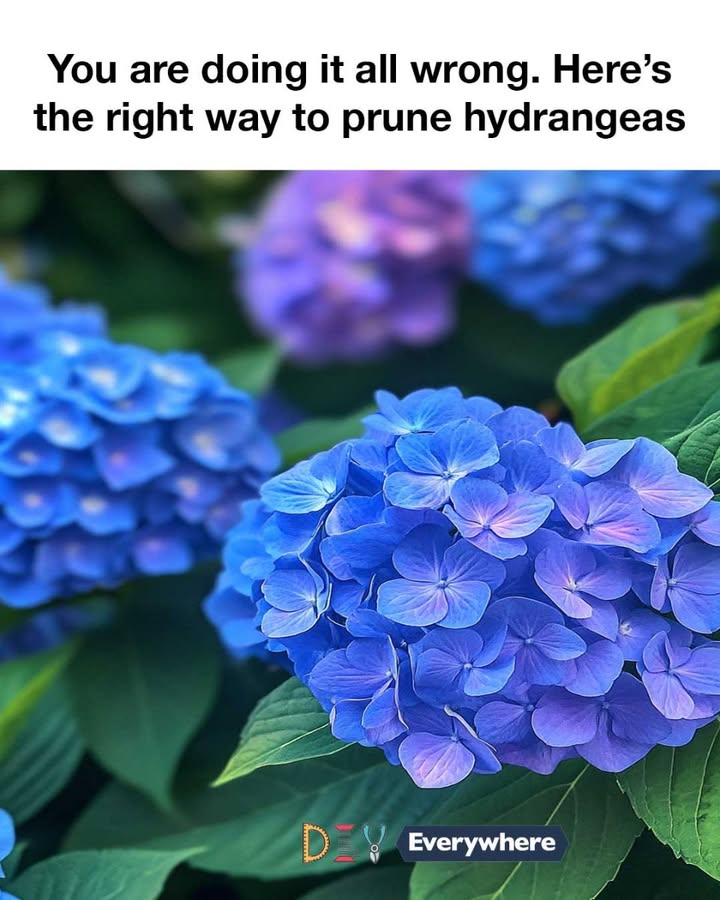Pruning hydrangeas is an essential gardening task that ensures these beautiful plants remain healthy and vibrant. Proper pruning encourages robust growth, enhances flowering, and maintains the desired shape of the plant. However, many gardeners are unaware of the specific techniques required for different types of hydrangeas, leading to suboptimal results. This article will guide you through the correct methods for pruning various hydrangea species, ensuring your garden is a showcase of lush blooms.
Understanding Different Types of Hydrangeas
Hydrangeas come in several varieties, each with unique growth patterns and pruning needs. The most common types include Mophead (Hydrangea macrophylla), Lacecap (also Hydrangea macrophylla), Panicle (Hydrangea paniculata), and Smooth (Hydrangea arborescens). Understanding the differences between these types is crucial, as they bloom on different wood—some on old wood, others on new. This distinction determines the timing and method of pruning, which can significantly impact the plant’s flowering potential.
Common Pruning Mistakes to Avoid
One of the most common mistakes is pruning at the wrong time, which can lead to a lack of blooms. For old wood bloomers like Mophead and Lacecap hydrangeas, avoid pruning in spring or winter, as this will remove the buds for the upcoming season. Another mistake is cutting back too aggressively, which can stress the plant and reduce flowering. Always use clean, sharp tools to make precise cuts and minimize damage to the plant.
Identifying Your Hydrangea Type
Before you start pruning, it’s important to correctly identify the type of hydrangea you have. Mophead hydrangeas are known for their large, round flower heads, while Lacecaps have a flatter, more delicate appearance with a ring of showy flowers surrounding smaller fertile flowers. Panicle hydrangeas feature cone-shaped flower clusters and can grow quite large, while Smooth hydrangeas are known for their ball-shaped blooms and are often smaller in stature. Accurate identification will inform your pruning strategy and ensure you don’t inadvertently cut off next year’s blooms.
Step-by-Step Guide to Pruning Mophead Hydrangeas
Mophead hydrangeas bloom on old wood, meaning the buds for the next year’s flowers form on the previous year’s growth. Prune these hydrangeas immediately after they finish blooming, typically in late summer. Begin by removing any dead or damaged wood. Next, cut back the stems to a pair of healthy buds. Be careful not to cut too far down, as this can remove the buds needed for next year’s flowers. If the plant is overgrown, you can also remove up to one-third of the oldest stems at the base to encourage new growth.
Step-by-Step Guide to Pruning Lacecap Hydrangeas
Similar to Mopheads, Lacecap hydrangeas also bloom on old wood. Prune them in the same manner, right after flowering in late summer. Focus on removing dead or weak stems and cutting back to healthy buds. If necessary, thin out the plant by removing some of the oldest stems at the base. This will improve air circulation and light penetration, promoting healthier growth and more abundant blooms.
see continuation on next page
